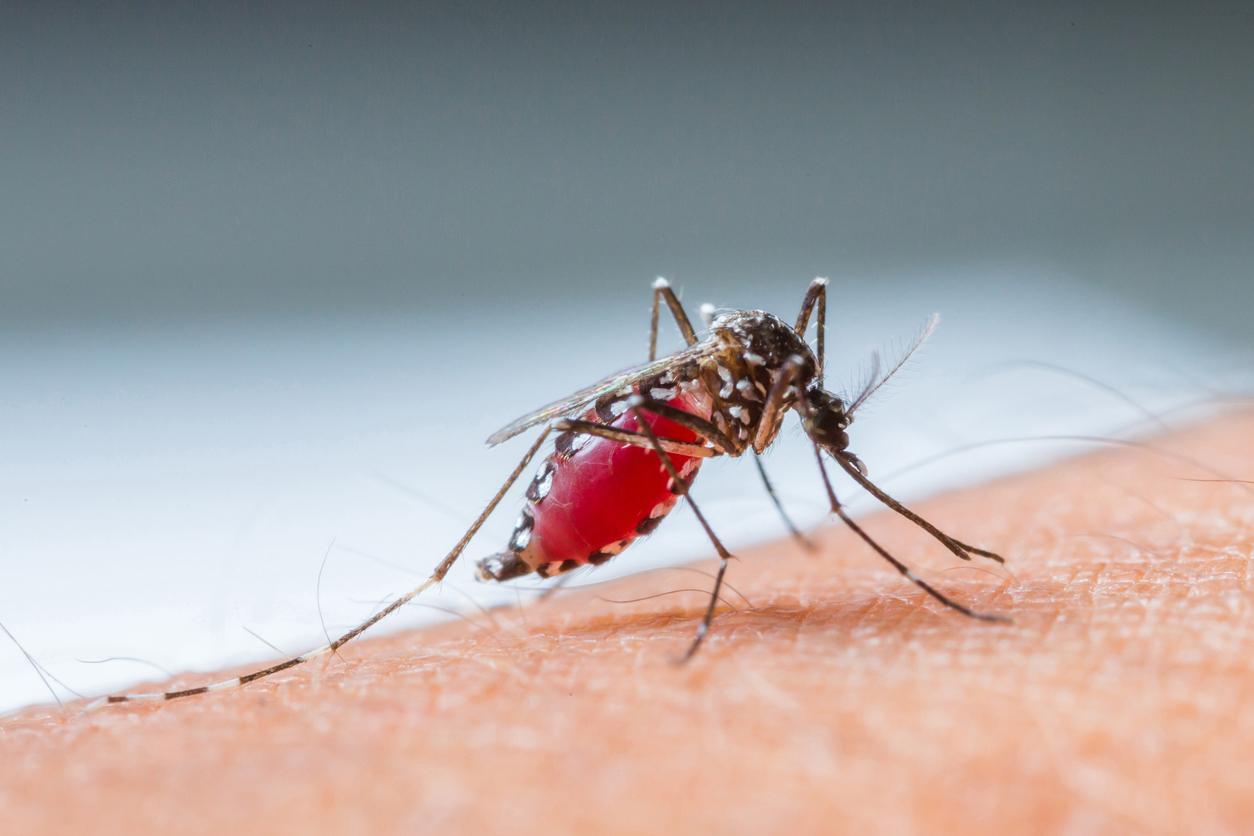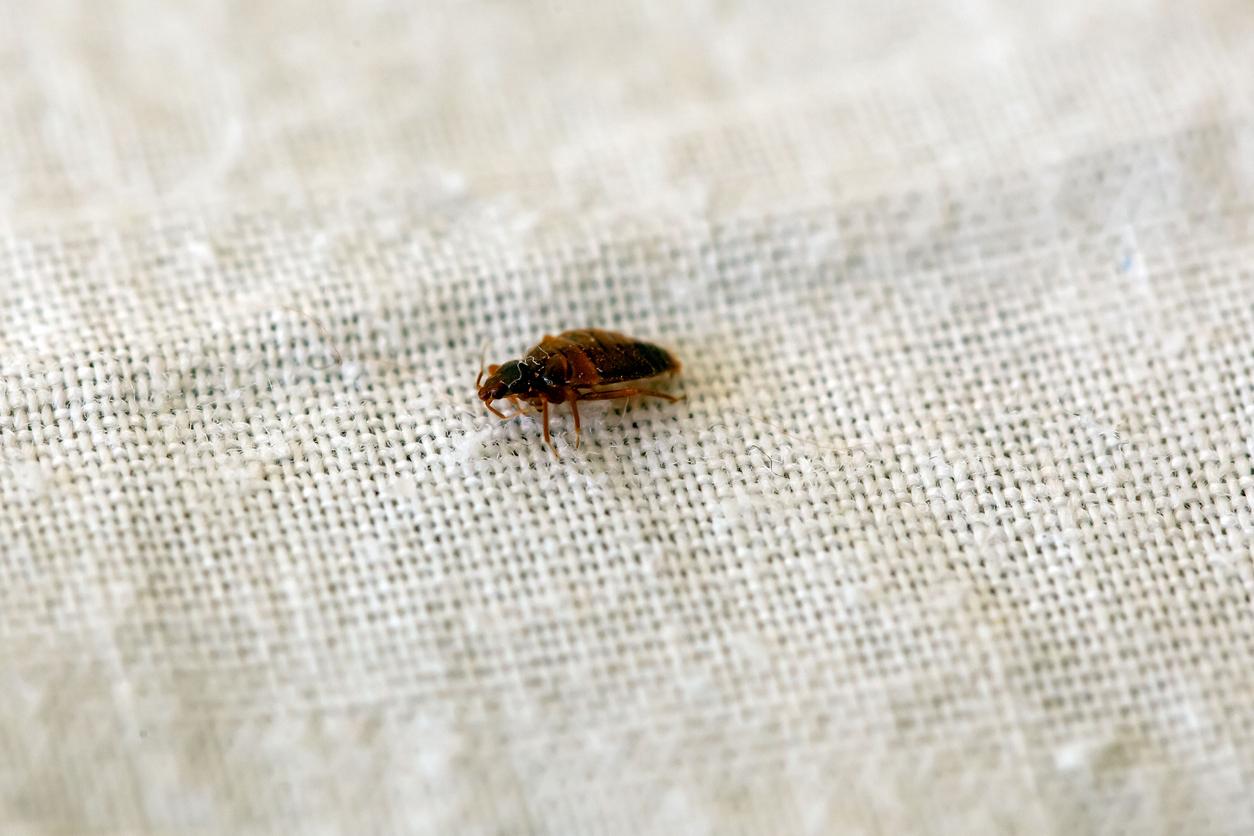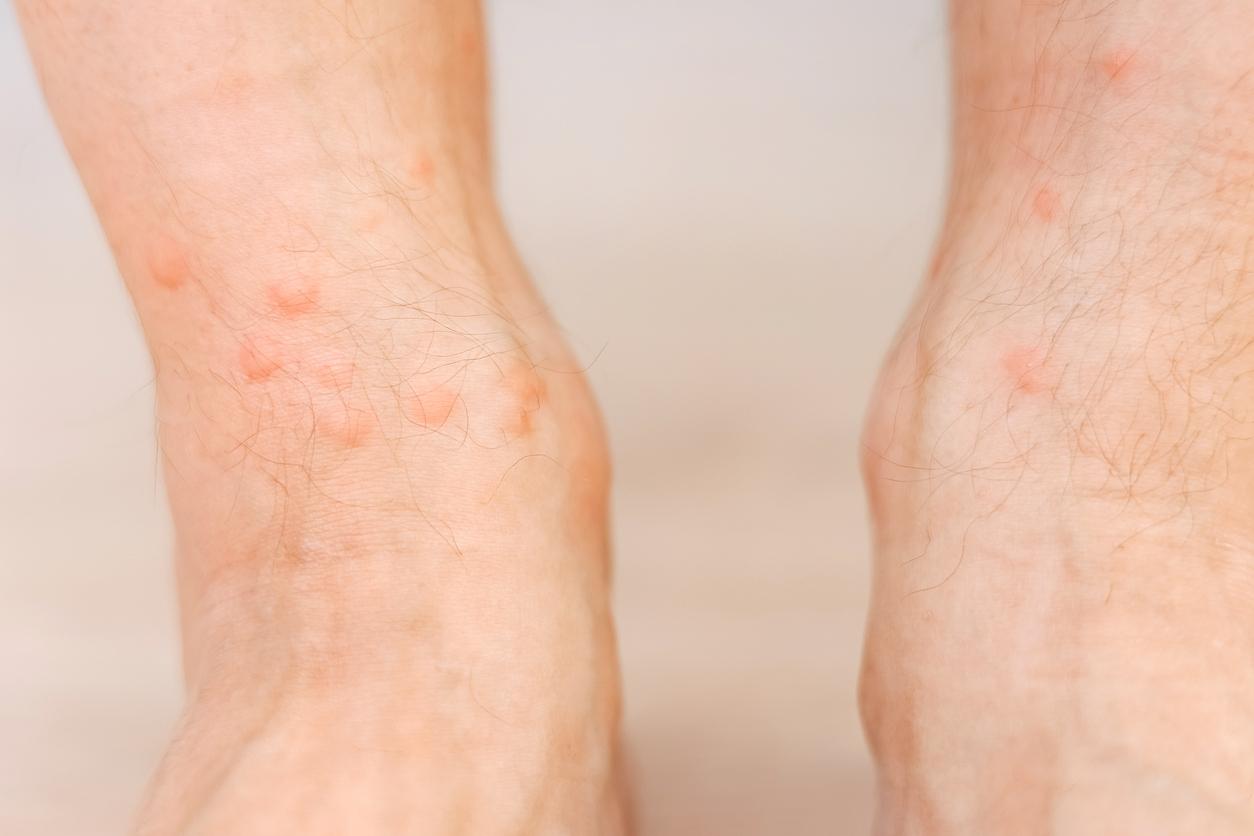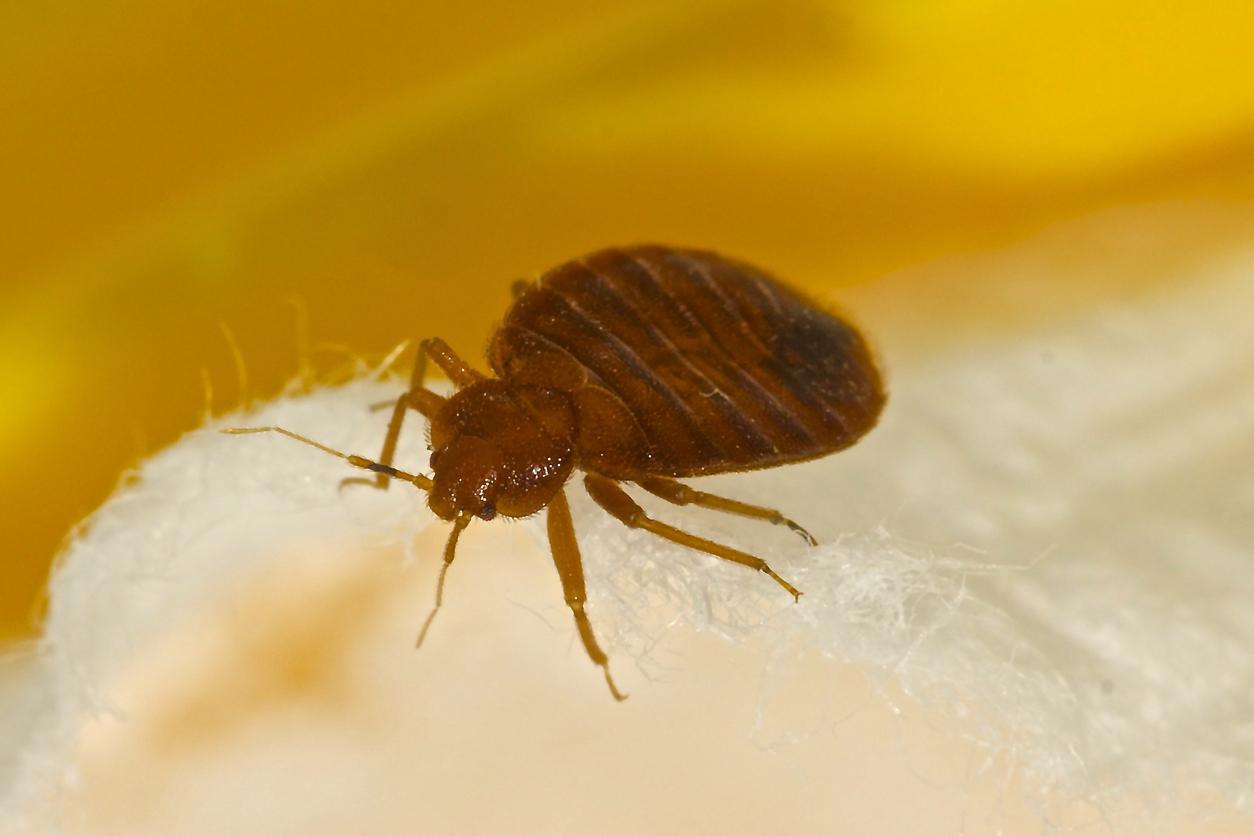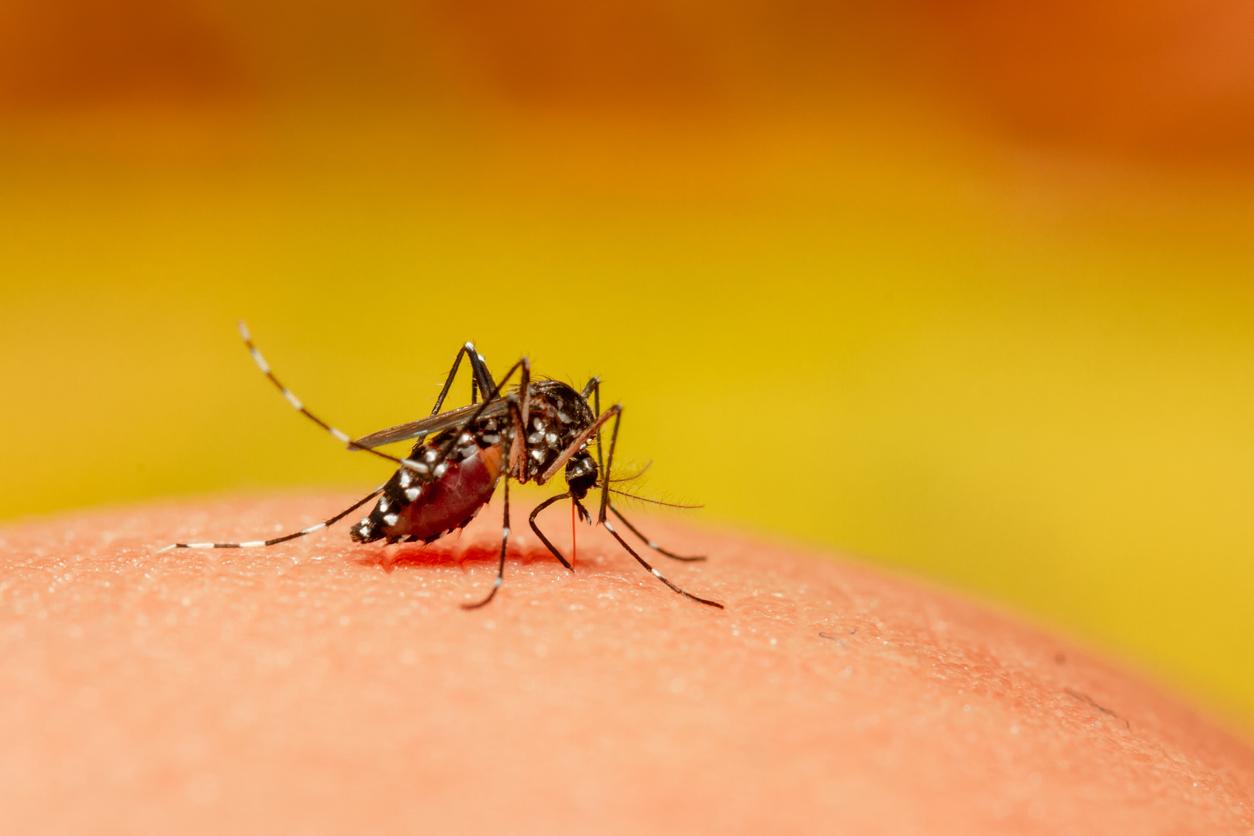Marine animals, which look like jellyfish, can cause very serious reactions in humans.

They look like jellyfish … or purple plastic bags. They are in reality physalies. They are better known under the name of Portuguese galleys, and are often found on beaches bathed by warm waters. But, depending on the currents, they can also drift towards the European coasts.
And it is the beaches of Finistère that are currently paying the price. On September 15, the animal was spotted for the first time on the beaches of Porspoder, north-west of Brest, opposite the island of Ouessant. Then, this weekend, further south, in the bay of the dead.
An emerging phenomenon
In recent years, physalies have been able to strand in the fall on the beaches of the Atlantic coast. But, generally, they arrive later in the season. The Nouvelle-Aquitaine Regional Health Agency (ARS) has a surveillance system set up following a collective envenomation that affected 40 people in the Landes in 2008. In 2011, 885 cases were reported. .
If the health authorities react, it is because of the nuisance power of the animal and the risk associated with bites. It may be pleasant to look at, but it is nonetheless dangerous. The physalia is composed of a float, which allows it to stay on the surface and to drift, as well as filaments containing venom, and which can measure up to 50 m!
Life-threatening bites
The venom is not only stinging. Within a quarter of an hour after contact, it can cause abdominal and chest pain, respiratory discomfort, neurological damage (malaise, loss of consciousness, confusion) and neuromuscular (cramps). In some cases, envenomation can even cause cardiac arrests.
Depending on the year, physalies are more or less present on French beaches. After the peak of 2011, only 31 cases were reported in 2012. Authorities are calling for caution, and not to touch it. Brave Breton swimmers at the end of September must also watch out for what could look like plastic bags floating near the coast.
In the event of a sting, the filaments should be gently removed, so as not to crush the bladders still containing venom. If symptoms appear, consultation with a doctor is required.
.









